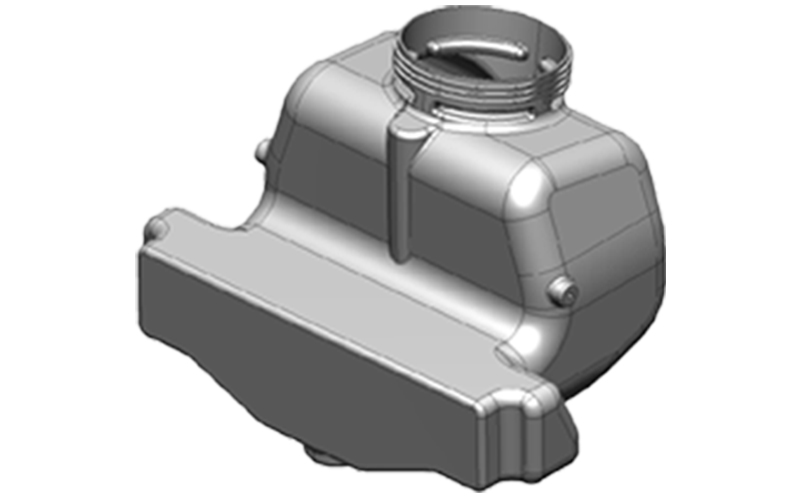How to Design Wall Thickness Range for Rotomolded Products
 Mar 06,2024
Mar 06,2024

How to Design Wall Thickness Range for Rotomolded Products?
The design of rotomolded products is significantly influenced by wall thickness, a parameter that directly affects the product's structural integrity, performance, and manufacturing efficiency. Wall thickness is key to fulfilling the intended specifications and guaranteeing the product's functionality in its specific application. This article delves into the standard design range for wall thickness in rotational molding products and offers basic guidelines on how to ascertain the correct wall thickness for various applications.

1. Minimum Wall Thickness
The minimum wall thickness in rotational molding products is primarily influenced by the material used and the product's intended application. A general guideline is to maintain a minimum wall thickness of at least 2mm (0.080 inches). However, this value may vary depending on the specific material and application requirements. Thicker walls may be necessary for products that will be subjected to higher mechanical stress, pressure, or impact.
2. Maximum Wall Thickness
The maximum wall thickness in rotational molding products is typically limited by the material's flow characteristics and the cooling rate within the mold. Excessively thick walls can result in prolonged cooling times, uneven material distribution, and internal stresses. As a general rule, a maximum wall thickness of 12mm (0.47 inches) is often recommended. However, this value may vary depending on the specific material and product design.
3. Uniformity of Wall Thickness
Maintaining uniform wall thickness throughout the product is crucial for achieving consistent structural integrity and performance. Variations in wall thickness can lead to uneven cooling, warping, and dimensional instability. Designers should strive for a uniform wall thickness, with variations kept to a minimum. It is common practice to limit the thickness variation to ±10% to ensure product quality.
4. Transition Areas
Transition areas, where the wall thickness changes abruptly, can pose challenges in the rotational molding process. These areas may experience variations in cooling rates and material distribution, leading to potential defects such as sinks or voids. Designers should minimize sharp transitions and incorporate gradual transitions or fillets to promote uniform material flow and cooling.
5. Functionality and Application
The wall thickness design should be tailored to the specific functionality and application of the product. Consider factors such as the product's intended use, environmental exposure, mechanical stress, and safety requirements. For example, products subjected to high-pressure applications, such as drone spraying water tanks, may require thicker walls to ensure structural integrity and prevent leaks.
6. Material Selection
The choice of material also influences the wall thickness design range. Different plastic materials have varying flow properties, shrinkage rates, and mechanical properties. Designers should select a material that balances these factors with the desired wall thickness and product performance.
As a custom rotational molding manufacturer with extensive expertise in plastics production, Light Venus is well-equipped to offer expert guidance on selecting the optimal wall thickness for a variety of applications. Browse our website to discover more about our custom rotational molding services.
 Tel: 0086-13632687993
Tel: 0086-13632687993  Email: roto@lightvenus.com
Email: roto@lightvenus.com

 Home
Home Basic Requirements for Rotational Molding Mold Design and Production
Basic Requirements for Rotational Molding Mold Design and Production  You May Also Like
You May Also Like



 Tel
Tel
 Email
Email
 Address
Address








